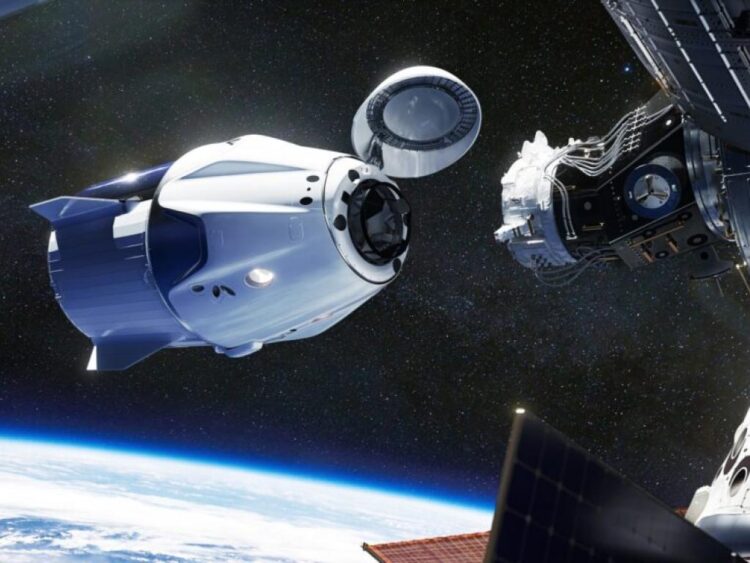SpaceX Dragon demonstrated its capability to reboost the International Space Station (ISS) for the first time on Friday, with the spacecraft’s Draco thrusters adjusting the station’s orbit.
What Happened: The spacecraft adjusted the station’s orbit through a reboost of altitude by 7/100 of a mile at apogee and 7/10 of a mile at perigee, NASA said. The Dragon spacecraft fired its Draco thrusters for about 12 minutes and 30 seconds in the process.
The Roscosmos Progress spacecraft and the Northrop Grumman Cygnus spacecraft also provide reboost for the space station now.
“By testing the (Dragon) spacecraft’s ability to provide reboost and, eventually, attitude control, NASA’s International Space Station Program will have multiple spacecraft available to provide these capabilities for the orbital complex,” NASA said in a statement
SpaceX’s Falcon 9 launch vehicle launched Dragon to the International Space Station from Florida last Monday carrying over 6,000 pounds of science, supplies, and hardware. The mission marked the Falcon launch vehicle’s 400th successful launch to date, SpaceX said in a post on social media platform X.
Why It Matters: NASA also chose SpaceX to develop and deliver the U.S. Deorbit vehicle (USDV) to deorbit the space station and ensure a lack of risk to populated areas in late June. SpaceX will develop the deorbit spacecraft under the contract valued at $843 million and NASA will take ownership afterward and operate it through the mission.
The space agency then said that the deorbit spacecraft would move the station out of orbit and into a remote area of an ocean at the end of its operations around 2030.
Both the spacecraft and the station are expected to break up through the process of re-entry into Earth’s atmosphere. Any remnants will subsequently fall harmlessly into the ocean.
Check out more of Benzinga’s Future Of Mobility coverage by following this link.
Read Next:
Photo courtesy: Shutterstock









